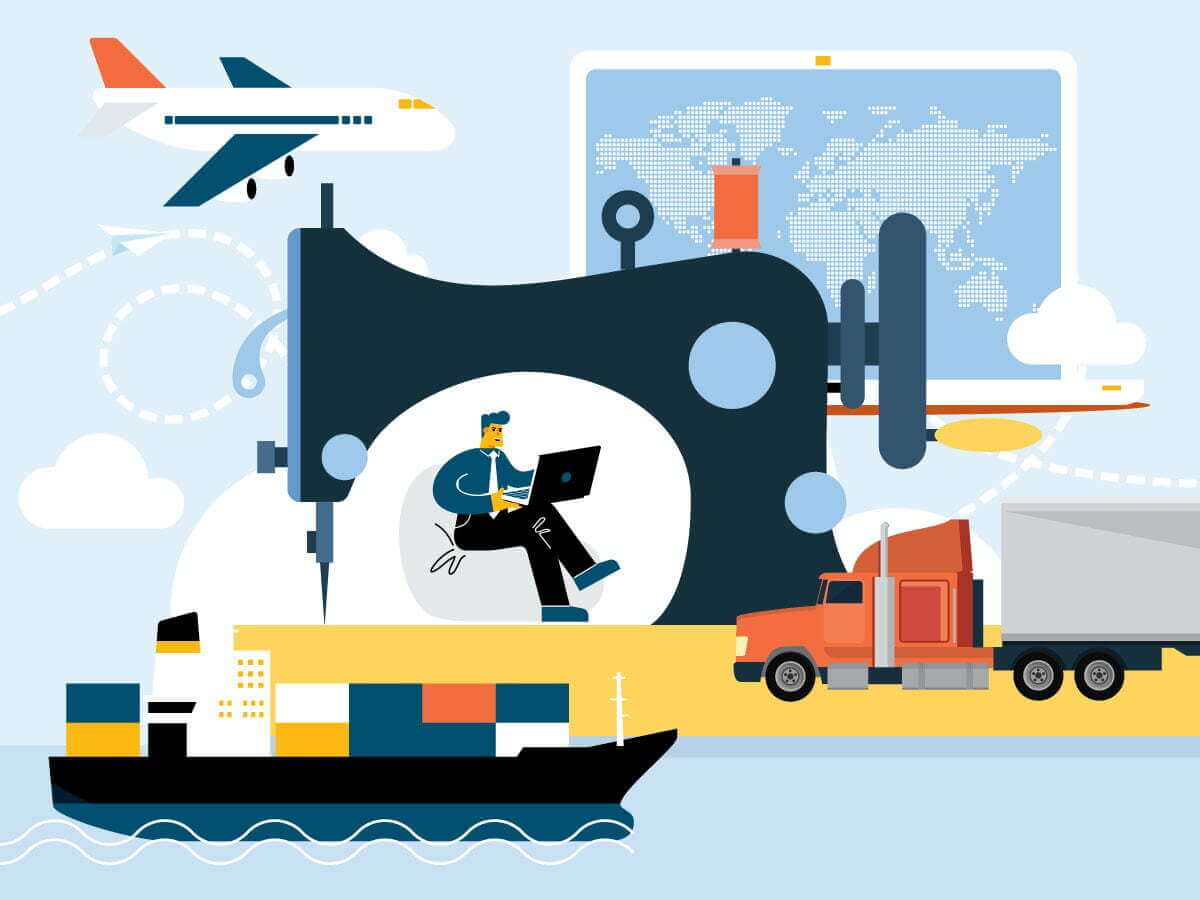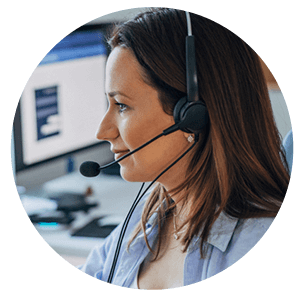
If you’re interested in importing sewing machines into the U.S., then you’re probably pretty frustrated by now at the lack of information available. As with most imports, there is usually more involved than just purchasing and shipping.
Key Takeaways:
I’ll guide you through the common safety standards that need to be met and review the additional steps needed to fully clear customs in the U.S.
The majority of industrial and household sewing machines entering the U.S. come from countries in Asia. Current top suppliers include:
Vietnam leads the group, having exported $146 million in sewing machines to the United States in 2022. This is partly due to the number of sewing machine companies that have outsourced their manufacturing to the region, including major brands based here in the U.S.
Notable companies include:
Most import regulations for sewing machines are easy to meet as long as you are sourcing from a manufacturer that follows widely accepted product standards. Industrial and household machines follow two different global organization guidelines.
Industrial use machines, and household machines being used commercially, must follow specific ISO standards. There are specific rules for the following sewing machine categories:
These standards include common safety features and a certain degree of adaptability for different tasks.
Household machine manufacture should follow EIC standards. These are specific to electric sewing machines that use no more than 250 volts of power supplied by direct current. It also covers certain machines that use up to 480 volts.
Keep in mind that the ISO and the EIC are not U.S. government organizations. Legally speaking, their standards are voluntary. However, attempting to source from manufacturers that don’t follow them, no matter how good of a price they are giving you, will usually end badly.
If manufacturers are meeting the standards set by these two organizations, your imports will then meet the necessary safety measures required by the main Partner Government Agency (PGA) overseeing sewing machines, the U.S. Consumer Product Safety Commission (CPSC).
As an added bonus, industrial machines being imported for domestic use or re-sale will also help companies meet local Occupational Safety and Health Administration (OSHA) standards.
If you are attempting to import a non-electric sewing machine powered by a treadle system, the EIC standards do not necessarily apply. However, you will still need to ensure that CPSC standards are met.
As of 2017, the DOE’s Energy Conservation Program has implemented new regulations when it comes to importing different types of machines that would be subject to current energy conservation standards. Among them are sewing machines.
Importers must now submit a certificate of admissibility to the DOE via the Customs and Border Protection (CBP) Automated Commercial Environment (ACE) system for applicable products.
For sewing machine imports, this rule may apply to products that fall under the following HTS chapter and subheadings:
There are several HTS codes that fall under those categories, and not all of them may need the certificate of admissibility. We always recommend consulting with a licensed customs broker prior to importing to be sure.
There are some companies that still maintain manufacturing facilities in places like Germany, Switzerland, and Italy. However, because of how many parts are involved, all machines are likely to contain components sourced from all over the world.

Confused by conflicting information on regulations? Ask Our Experts.
Our 45 Minute Licensed Expert Consulting Will Personally Guide You.
Provided your sewing machines have been sourced from suppliers following ISO or EIC standards, the rest of the import process is fairly standard.
You’re going to need to follow the rules outlined by CBP which includes providing a number of required documents including a:
All of the above documents can be handled with ease by using a licensed customs broker.
The customs bond, which will help ensure import duties are covered at entry, will be needed if your imports are valued at over $2,500.
As part of the import paperwork, you will be required to provide a Harmonized Tariff Schedule (HTS) code that matches your product description. The HTS code for most sewing machines can be found under Chapter 84 of the HTS, and the tariff rate listed there will determine your rate of duty.
Related: How Do I Find My HTS Code?
As mentioned, there is a wide variety of possibilities under the base HTS code I provided you with earlier. Thankfully, many sewing machine imports can enter duty free. Even so, misclassification should be avoided.
Here are some examples to save you some steps.

Those are just a few options. Even if you find one listed above that sounds like a good fit for your shipment, it’s a good idea to have your product classified by a professional customs broker.
A mistaken HTS code upon entry and inspection by the CBP, regardless of the type of product, can lead to costly delays. Between inspection fees, classification fees, and paying for additional storage while things get cleared, you could easily find yourself in the red.
Looking to estimate what your costs may be? Our Import Duty Calculator can provide you with a free estimate. Tell us what you’re importing and from where to get instant estimates.
Importing sewing machines into the U.S. doesn’t have to be a complicated process. With the right information and a customs broker on your side, you can get your shipment through the border in no time.
If you have more questions about the import process, you can schedule a 45-minute import consulting session with one of our customs brokers, and get personalized advice for maneuvering your shipment through the customs process.
In addition, we are a full customs clearance agency, providing everything you need to import successfully.
Not ready to commit just yet? Give us a call at (855) 912-0406 for more information, or fill out our online contact form with a direct question.
 Copy URL to Clipboard
Copy URL to Clipboard
I want to purchase a Janome sewing machine from Japan on eBay. This machine would be for my own personal use.
The machine costs about $6,000.00 American dollars.
Do I have to pay any fees to import it into the United States?